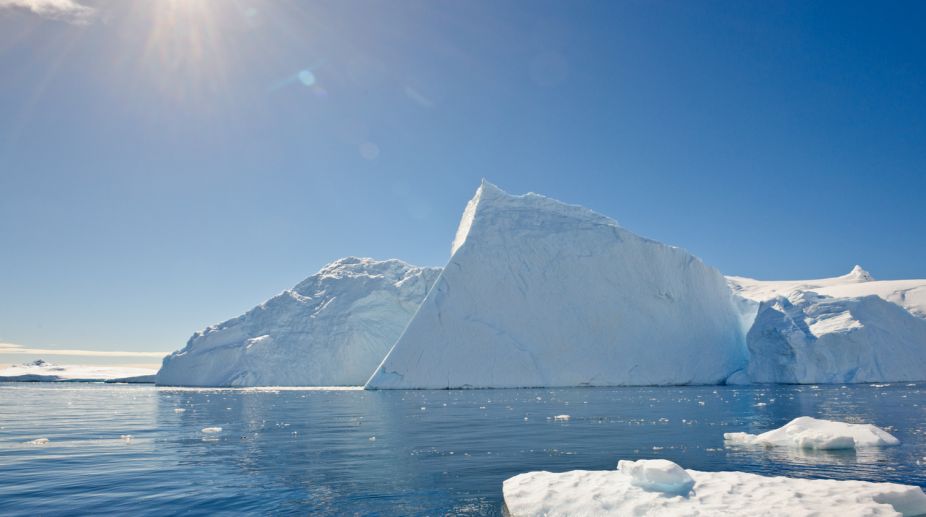A big crack in an Antarctica ice shelf now has a second branch, researchers revealed after studying the latest satellite data.
The main rift in the ice shelf Larsen C, which is likely to lead to one of the largest icebergs ever recorded, is currently 180 km long. The new branch of the rift is 15 km long.
Last year, researchers from the Britain's Project Midas, led by Swansea University, reported that the rift was growing fast. Now, just 20 km of ice is keeping the 5,000 sq km piece from floating away.
"While the previous rift tip has not advanced, a new branch of the rift has been initiated. This is approximately 10 km behind the previous tip, heading towards the ice-front," said Adrian Luckman, Professor at Swansea University College of Science and head of Project Midas.
This is the first significant change to the rift since February of this year. Although the rift length has been static for several months, it has been steadily widening, at rates in excess of a metre per day.
"It is currently winter in Antarctica, therefore direct visual observations are rare and low resolution. Our observations of the rift are based on synthetic aperture radar (SAR) interferometry from European Space Agency's Sentinel-1 satellites. Satellite radar interferometry allows a very precise monitoring of the rift development," Luckman said in a university statement.
Larsen C is approximately 350m thick and floats on the seas at the edge of West Antarctica, holding back the flow of glaciers that feed into it.
The findings suggest that Larsen C may eventually follow the example of its neighbour Larsen B, which disintegrated in 2002 following a similar rift-induced calving event.
"When it calves, the Larsen C Ice Shelf will lose more than 10 per cent of its area to leave the ice front at its most retreated position ever recorded; this event will fundamentally change the landscape of the Antarctic Peninsula," Luckman said.












